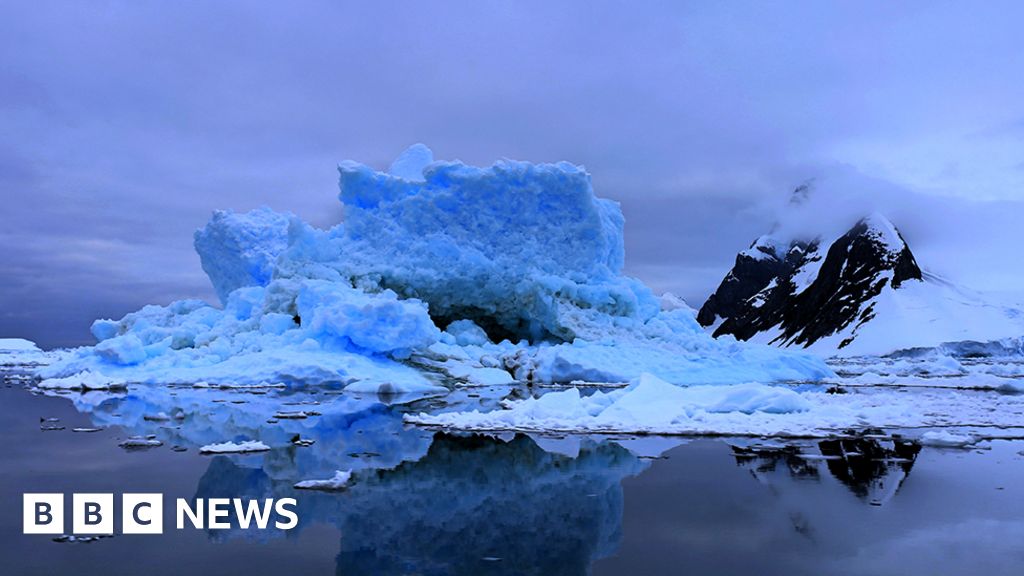
One outcome from this new strategy will be the first ever reliable maps of Antarctic sea-ice thickness.
Heavy snow can pile on top of the floating ice, hiding its true thickness.
Indeed, significant loading can even push Antarctic sea-ice under the water.
Esa's Cryosat-2, on the other hand, at around 720km in altitude, uses radar as its height tool, and this penetrates much more deeply into the snow cover before bouncing back.
At present, scientists use really quite old climatology models to gauge the likely depth of snow cover when observing sea-ice in both the Arctic and the Antarctic.
"In future, we will more accurately be able to estimate the snow cover and therefore more accurately estimate the sea-ice thickness.
"And if we can say something about the snow loading on the sea-ice then we can also say something about precipitation in Antarctica.
Esa's Cryosat's mission manager, Dr Tommaso Parrinello, told BBC News: "Icesat is quite a bit below us so we can't go down to meet them, but by going up we find this incredible resonant orbit in which for every 19 orbits for us and 20 orbits for them - we will meet at the poles within a certain time lag
The closest we may get to this dual observation mode is a future radar spacecraft codenamed Cristal
It would map sea-ice in two frequency bands to pick up some of the differences in the way snow and ice will scatter back satellite signals, but the effect won't be as pronounced as between Cryosat and Icesat